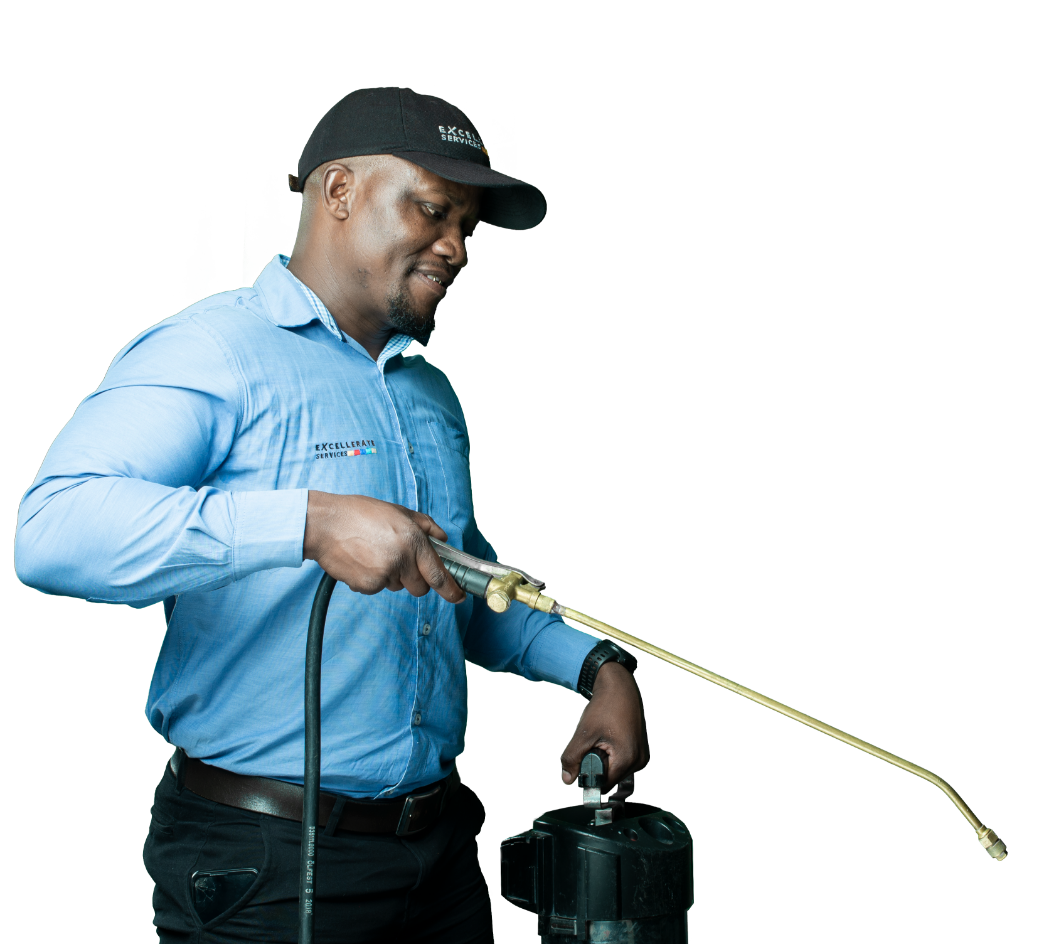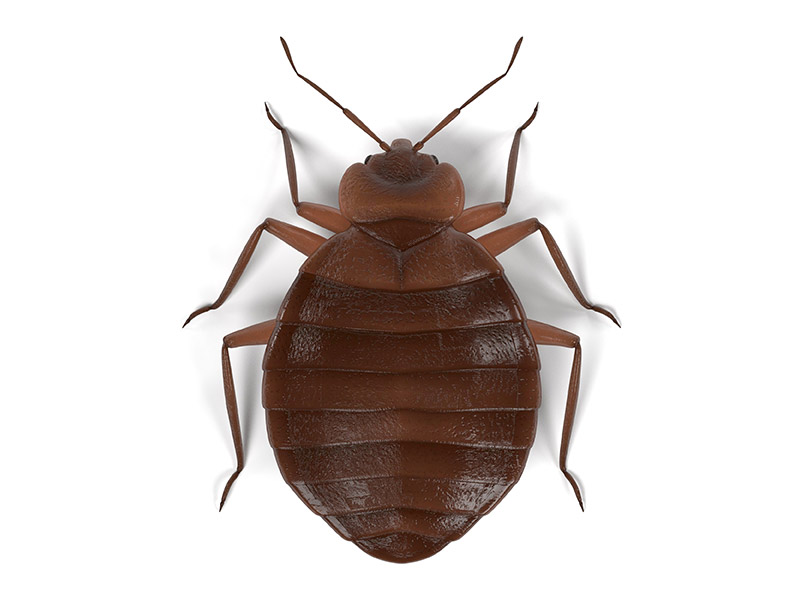Get rid of pests with professional Pest Control treatments today.
Get rid of pests with professional Pest Control treatments today.
Blog Article
Eco-Friendly Parasite Control Approaches for Managing Wild Animals in Urban Areas
Urban locations usually locate themselves at the intersection of human task and wildlife, leading to unique challenges in insect management. These approaches not just secure the environment but likewise improve area interaction in wild animals monitoring. As city populaces proceed to grow, recognizing the characteristics of wild animals communications ends up being progressively important.
Comprehending Urban Wild Animals Dynamics
Understanding Urban Wild animals Characteristics is necessary for developing effective and eco-friendly parasite control strategies. Urban areas are increasingly ending up being environments for various wild animals types, driven by aspects such as environment fragmentation, food availability, and human infringement. Acknowledging these characteristics enables a nuanced strategy to pest administration that straightens with eco-friendly concepts.
Urban wildlife frequently consists of varieties such as raccoons, squirrels, and birds, which adjust to city environments, finding specific niches in eco-friendly rooms, parks, and even houses. Their visibility can bring about conflicts with humans, particularly when they manipulate human sources for food and sanctuary. Understanding the actions and eco-friendly functions of these types notifies approaches that minimize negative communications while advertising biodiversity.
Furthermore, acknowledging the interdependencies within urban communities assists in recognizing vital locations for habitat preservation and remediation. This expertise adds to the growth of incorporated insect monitoring (IPM) strategies that think about the eco-friendly balance, consequently lowering reliance on unsafe chemicals. By fostering conjunction between human beings and metropolitan wild animals, cities can produce healthier settings that benefit both homeowners and regional communities, leading the way for sustainable city living.
Natural Repellents and Deterrents
Natural repellents and deterrents provide a lasting option to standard pest control techniques by taking advantage of the power of nature to maintain undesirable types at bay. These environmentally friendly services generally utilize plant-based active ingredients, essential oils, and various other normally happening materials that deter parasites without damaging the setting.
One effective all-natural repellent is peppermint oil, which is understood to push back rodents and insects. Its strong scent is undesirable to several bugs, making it a prominent option for city settings. In a similar way, vinegar and citrus peels can work as deterrents, as their strong odors are normally uninviting to various wildlife.
Furthermore, diatomaceous planet is a natural powder that can be spread in areas susceptible to bug activity, successfully dehydrating and deterring bugs without positioning risks to non-target varieties. Garlic sprays and neem oil are recognized for their capability to fend off a wide range of insects, including both insects and larger wildlife.
Implementing these all-natural repellents not just lowers dependence on chemical pesticides however also advertises a healthier city ecosystem, promoting a more well balanced conjunction between humans and wildlife. By making use of these methods, metropolitan areas can effectively manage parasite populations while decreasing environmental impact.
Habitat Alteration Methods
Effective environment modification strategies play an important duty in sustainable insect monitoring by altering the environment to make it much less helpful to pest problems. By recognizing the ecological dynamics of urban locations, building proprietors can execute critical modifications that deter bugs while advertising biodiversity.
(Termite Control)One primary technique involves keeping appropriate cleanliness. This includes routine waste removal, securing garbage containers, and getting rid of standing water to lower breeding sites for pests and rodents. In addition, landscape design find out here now practices such as choosing indigenous plants can enhance ecological equilibrium, giving environments for helpful microorganisms while minimizing sources for insects.
An additional crucial technique is to seal entrance points in buildings. Checking and repairing splits in foundations, wall surfaces, and windows can substantially lower parasite accessibility. Moreover, creating physical obstacles, such as fencings or plant buffers, can prevent wild animals activity right into human-inhabited locations.
Integrated Bug Monitoring Practices
Structure upon habitat adjustment methods, incorporated bug administration (IPM) methods use an all natural strategy to controlling bug populations while minimizing ecological impact. IPM integrates various approaches, including organic, social, mechanical, and chemical controls, to accomplish effective parasite management.
Organic control entails the introduction of natural killers or parasites to lower insect populaces. Cultural techniques, such as crop rotation and cleanliness, interfere with pest life cycles and lessen their environments - Pest control service. Mechanical controls, like traps and obstacles, provide instant remedy for bug stress without chemical treatment
Chemical controls are utilized as a last resource, concentrating on targeted applications that restrict harm to non-target varieties and the atmosphere. The option of environmentally pleasant pesticides, when needed, is integral to the IPM structure. Furthermore, checking bug populaces and examining potential damages assists notify decision-making, making sure that interventions are prompt and reliable.
Neighborhood Participation and Education

(Home Pest Control)Workshops and informative sessions can gear up homeowners with expertise regarding native species, habitat conservation, and efficient non-toxic insect management methods. Partnership with colleges, regional companies, and federal government agencies even more boosts instructional outreach, making sure that crucial info gets to diverse target markets.
Moreover, community-led campaigns, such as area clean-up days and habitat restoration tasks, not just promote biodiversity yet additionally reinforce area ties. Pest Control. By encouraging locals to share their experiences and monitorings, neighborhoods can develop targeted techniques that resolve certain local pest issues
Including feedback from locals into insect monitoring plans allows an extra responsive and adaptive technique to wildlife difficulties. Inevitably, notified and involved communities are key to accomplishing lasting success in environmentally friendly insect control, bring about much healthier city atmospheres that value both human and environmental demands.

Final Thought
To conclude, environment-friendly bug control comes close to offer lasting remedies for taking care of city wild animals. By prioritizing environment alteration, making use of natural repellents, and implementing incorporated insect monitoring techniques, communities can promote a harmonious conjunction with neighborhood fauna. Engaging locals via education boosts awareness and motivates accountable wild animals communications. Eventually, these approaches not only safeguard biodiversity however additionally advertise ecological health and wellness, guaranteeing metropolitan areas remain lively ecosystems where people and wildlife flourish with each other.
Report this page